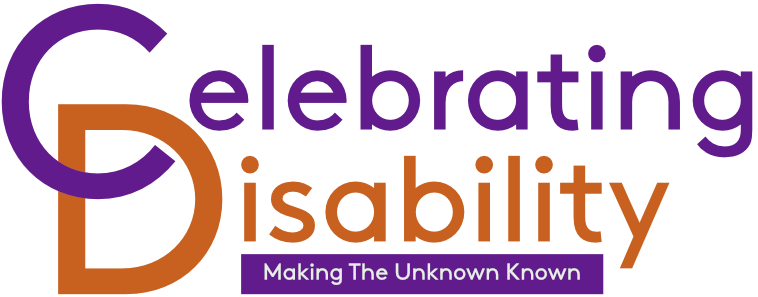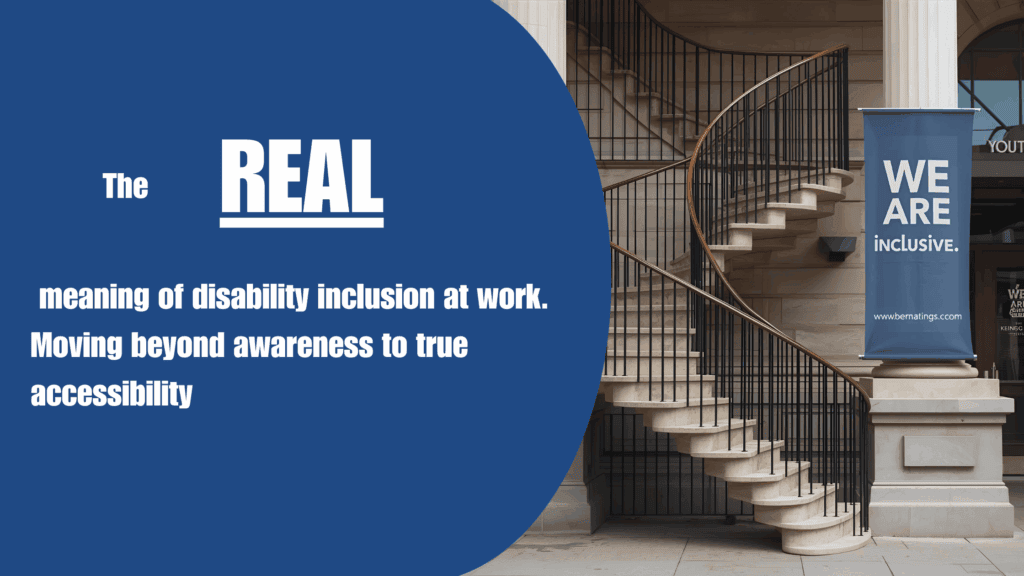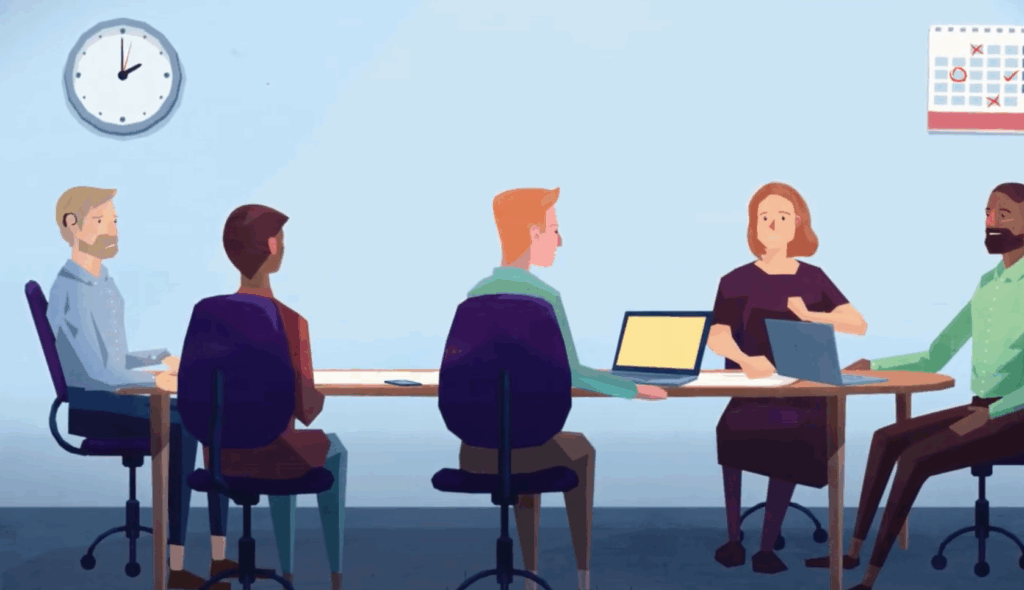When you break down the term ‘accessibility’,
You get the most straightforward definition in the word – the ‘ability’ to ‘access’.
Accessible design doesn’t specifically refer to only disabled people, although most of the time, it is assumed so. It is about creating a world that everyone can easily access, whether this is a public swimming pool or a 50th-floor restaurant. With just under 14 million disabled people in the UK, you could be losing a lot of potential business or even the chance to hire talented candidates if your business building isn’t accessible. It’s time to start celebrating disability and ensure your business is doing its part in creating an equal and inclusive world.
The physical changes you can make to your building
Making your business accessible can sound like a big and daunting task, but it really doesn’t have to be. There are several changes, big and small, you can make to get on your way to creating an accessible building.
First, look at your building: are there appropriate measures in place that mean those with a disability or low mobility can easily access all areas of your building? If not, what and where are they?
We have put together some of the most common issues faced by disabled users when accessing a building and how they can be fixed!
• Aisles and doors
There can be dozens of obstacles inside of a building that can restrict some people from getting around, including small corridors and doorways. For a wheelchair to be able to fit easily, space should be at least 32 inches wide. Most aisles will be 32 inches or more, but just make sure they are free of any obstructions. If your doorways aren’t wide enough, then getting them widened is an important, yet easy and cost-friendly task, which can often be carried out in a couple of hours.
Another obstacle can be the doors themselves – those with low mobility can find it challenging to open heavy doors and may be reluctant to ask for assistance. Automatic or sliding doors are the perfect solution for users to have their own independence, especially those using wheelchairs.
• Tables and Service Counters
Without careful consideration, many restrictive factors like the height and size of tables can be disregarded and can prevent disabled people from using your facilities. Tables can often be either too high, too low or not wide enough to fit a wheelchair user comfortably. As a general rule, tables should be no more than 34 inches wide and no less than 28 inches in height. There needs to be at least 27 inches of knee clearance between the floor and underside of the table. If your furniture is fixed, then consider making sure you have a few tables that can be accessed or move furniture around into a better layout to ensure there is a clear path, this is also important for those with visual impairments.
The same goes for service counters; many are too high for wheelchair users. When designing your service counter, it’s vital that at least one section is no more than 36 inches tall and at least 36 inches long so it can be accessed by everyone.
• Stairs and inclines
It can be daunting for someone with low mobility to be faced with steps or a steep slope, commonly found at the entrance of a building.
Providing access doesn’t need to be expensive. It can be as simple as installing a ramp or purchasing a temporary, non-fixed ramp. Alternatively, a platform lift is a great option to allow independent access to a building—there are several different models available, meaning you can find the perfect option for your building. All lifts can be installed internally and externally, which is a useful solution to accompany stairs leading to higher or lower floors.
Non-physical changes you can make to your building
After updating your office space, do not neglect your website. Accessibility doesn’t just stop at the physical aspects of your building; you need to look at your entire business.
• Your Website
Without realising, your website’s design may not be suitable for everyone to use. As a result, over 90% of disabled people will choose not to use your website. If you’re a business, this can mean you are losing a group of people who could otherwise be loyal customers. To make your website accessible for everyone, it often requires minimal, easy changes, including:
- Adding alt text to all the images on your website.
- Using images that do not contain text within the image. This avoids confusion when people are using a screen reader. If this is unavoidable, ensure to add alt text.
- Choosing colours carefully. Black text on a white background is best.
- Making sure anything clickable is big enough and not too close to another clickable element
- Ensure you’re headings are easy to digest.
- Using a font size that is at least 16px
• Advertising
Disabled people have a spending power of over £200bn per year. Ensuring your advertising is accessible and inclusive for disabled people will encourage more sales.
Some things you can do to make your ads more inclusive:
- Create audio descriptions for your visual media content. This ensures that those with visual impairments can understand what your ad is about
- Similarly, adding text to adverts ensures that those with auditory impairments can understand your advert
- The best accessible designs are clear, simple and clutter-free. Avoid putting text on images, as it could be hard to read
- Use simple English. Aim for 8 on the Flesch-Kincaid Scale. The tools in Microsoft Word can confirm this.
• Customer Service
Having an excellent customer service team or procedures in place is vital to ensure that everyone can access help and important information when they need to. One of the main things is to teach your staff how to communicate with customers who have various types of disabilities effectively, an example of inclusive communication is: an employee reading a schedule for someone with a visual impairments.
Some customers may require more help and assistant from staff, so making sure they are on hand and ready to help can ensure customers feel comfortable and at ease while visiting your business. Having a policy on your website highlighting how you provide products and services to disabled people can be important to ensure everyone can benefit from your business equally.
Creating a list of where your quick ones are could be a great place to start. You can even involve your disabled employees and customers to ensure you have a lived experience perspective.
Feeling inspired but not sure where to start? Read the blog on setting the right goals.




